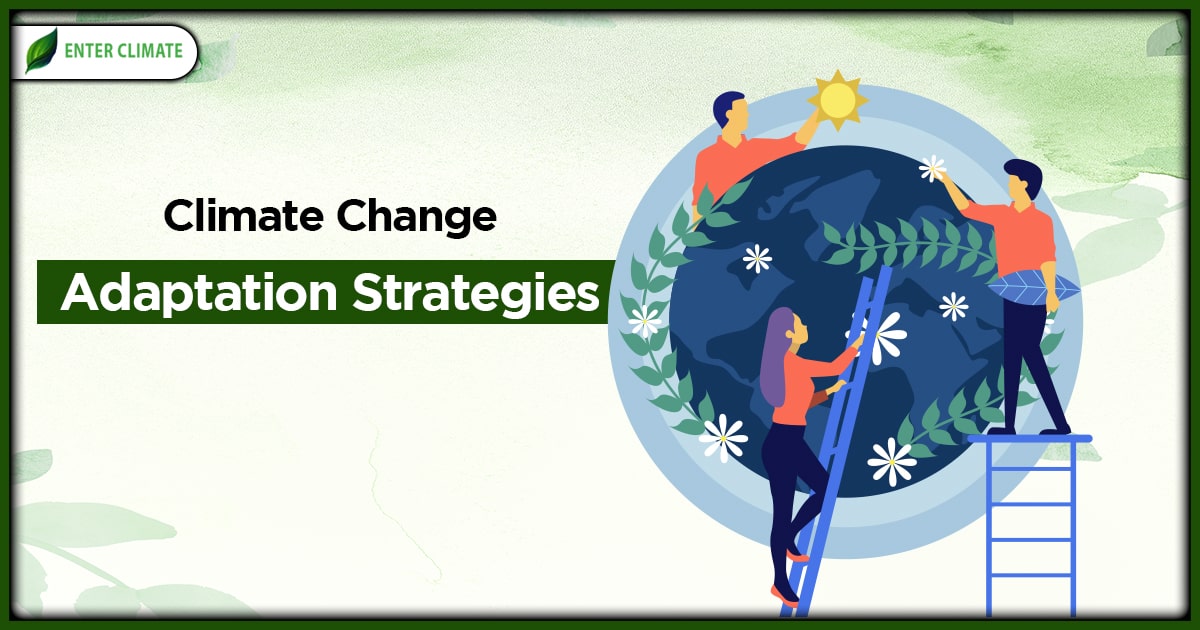Report on Accelerating Gender Equality within the Sustainable Development Framework
Current Challenges in Achieving SDG 5
- Insufficient Funding: A significant challenge is the underfunding of initiatives aimed at gender equality, with less than one percent of international aid specifically targeting the eradication of gender-based violence.
- Vulnerability of Frontline Organizations: Women-led organizations, which are essential frontline defenders in the pursuit of gender equality, are reported to be at risk of collapse due to inadequate financial support.
- Slow Rate of Progress: Projections indicate that at the current pace, it will take 137 years for women to escape extreme poverty and 286 years to achieve full gender equality. This timeline is deemed unacceptable.
The Centrality of Gender Equality to All SDGs
- Gender equality, as articulated in Sustainable Development Goal 5 (SDG 5), is positioned not as an isolated goal but as the fundamental engine required to drive the entire 2030 Agenda for Sustainable Development.
- It is presented as the most effective solution for achieving progress across all other SDGs.
Strategic Frameworks for Action
The Beijing+30 Action Agenda
- UN Women has launched the Beijing+30 Action Agenda, a collective commitment designed to accelerate progress on gender equality.
- This framework is rooted in evidence from the national reviews of 159 countries and is centered on partnership and accountability.
Six Urgent Priorities Aligned with the SDGs
The Action Agenda outlines six urgent priorities, with an additional cross-cutting focus on youth, to deliver results for every woman and girl. These priorities are directly linked to multiple Sustainable Development Goals:
- Digital Transformation: To ensure women’s full participation in the digital age, aligning with SDG 9 (Industry, Innovation and Infrastructure).
- Freedom from Poverty: To eradicate extreme poverty for women, directly supporting SDG 1 (No Poverty).
- Ending Violence in all its Forms: To eliminate gender-based violence, a core target of SDG 5 (Gender Equality) and SDG 16 (Peace, Justice and Strong Institutions).
- Achieving Equal Leadership and Decision-Making Power: To secure women’s equal participation in all spheres of life, contributing to SDG 5 and SDG 10 (Reduced Inequalities).
- Ensuring Peace and Security: To advance women’s roles in peacebuilding and security, in line with SDG 16.
- Advancing Climate Justice: To ensure that climate action is gender-responsive, crucial for achieving SDG 13 (Climate Action).
- A foundational “+1” priority is to place young people at the center of every policy and solution, ensuring intergenerational equity across the SDGs.
The Role of Multilateralism and Partnerships (SDG 17)
Reforming Multilateralism for Inclusivity
- The UN80 process is identified as a significant opportunity to reconstruct the multilateral system to be more inclusive and effective.
- For multilateralism to be a strong tool, it must be genuinely inclusive, with the lived realities and rights of women and girls at its center.
The Generation Equality Partnership Model
- The Generation Equality initiative is presented as a proven and effective model for partnership, aligning with SDG 17 (Partnerships for the Goals).
- This multi-stakeholder approach has successfully driven over 12,000 new policies and actions by sharing power and responsibility across sectors and generations.
- This collaborative method, which strengthens coordination and amplifies impact, is set to become the standard operational model for UN Women and the wider UN system.
Conclusion and Path Forward
A Call to Action for 2025
- The year 2025 is designated as a critical crossroads for global commitments to gender equality.
- Progress will be judged not by promises, but by the tangible fulfillment of rights for women and girls.
- The recommended path forward involves trusting grassroots leaders, standing with feminist movements, and advancing through collective, unified action.
SDGs Addressed in the Article
-
SDG 5: Gender Equality
This is the central theme of the article. It is explicitly mentioned (“This goes beyond SDG 5—gender equality is not a problem to solve but the best solution we have to realize yet.”) and is the foundation for all other issues discussed, such as ending violence against women, promoting equal leadership, and achieving economic freedom for women.
-
SDG 1: No Poverty
The article directly connects gender inequality to poverty by stating, “…at our current pace, women will need to wait 137 years to escape extreme poverty”. It also lists “freedom from poverty” as one of the six urgent priorities of the Beijing+30 Action Agenda.
-
SDG 16: Peace, Justice and Strong Institutions
The article calls for “ending violence in all its forms” and “ensuring peace and security” as key priorities. Furthermore, it advocates for rebuilding “multilateralism to be more inclusive, more effective, and more accountable,” which relates to building effective and inclusive institutions at all levels.
-
SDG 13: Climate Action
The article identifies “advancing climate justice” as one of the six urgent priorities in its Action Agenda, linking the fight for gender equality with environmental challenges and solutions.
-
SDG 17: Partnerships for the Goals
The entire article is a call for collaboration. It emphasizes that progress is “driven by partnership” and highlights the success of the “Generation Equality” initiative. The text repeatedly calls for working together with “women-led organizations”, “grassroots leaders”, “youth”, and the wider UN system to achieve common goals.
Specific SDG Targets Identified
-
SDG 5: Gender Equality
- Target 5.2: Eliminate all forms of violence against all women and girls in the public and private spheres. This is directly addressed by the article’s priority of “ending violence in all its forms” and the opening statement that “Less than one per cent of aid targets ending gender-based violence.”
- Target 5.5: Ensure women’s full and effective participation and equal opportunities for leadership at all levels of decision-making. This is explicitly mentioned as a priority: “achieving equal leadership and decision-making power.”
-
SDG 1: No Poverty
- Target 1.1: By 2030, eradicate extreme poverty for all people everywhere. The article highlights the urgency of this target by noting the projection that “women will need to wait 137 years to escape extreme poverty.”
- Target 1.2: By 2030, reduce at least by half the proportion of men, women and children of all ages living in poverty. This is reflected in the Action Agenda’s priority of ensuring “freedom from poverty” for every woman and girl.
-
SDG 16: Peace, Justice and Strong Institutions
- Target 16.1: Significantly reduce all forms of violence and related death rates everywhere. This aligns with the priority of “ending violence in all its forms” and “ensuring peace and security.”
- Target 16.7: Ensure responsive, inclusive, participatory and representative decision-making at all levels. The article’s call to “rebuild multilateralism to be more inclusive” and ensure the “lived realities of women and girls at its centre” directly supports this target.
-
SDG 13: Climate Action
- Target 13.b: Promote mechanisms for raising capacity for effective climate change-related planning and management in least developed countries and small island developing States, including focusing on women, youth and local and marginalized communities. The priority of “advancing climate justice” combined with the cross-cutting theme of placing “young people at the centre” and trusting “grassroots leaders” aligns with this target’s focus on empowering women and youth in climate action.
-
SDG 17: Partnerships for the Goals
- Target 17.17: Encourage and promote effective public, public-private and civil society partnerships. The article provides a clear example of this through the “Generation Equality” initiative and the call to partner with “women-led organizations,” “grassroots leaders,” and “feminists driving change.”
Indicators Mentioned or Implied
The article does not use official SDG indicator codes but mentions or implies several metrics that can be used to measure progress:
-
Financial Allocation for Ending Gender-Based Violence
The article explicitly states, “Less than one per cent of aid targets ending gender-based violence.” This suggests an indicator measuring the percentage of official development assistance (ODA) or aid dedicated to programs aimed at ending gender-based violence.
-
Rate of Progress Towards Gender Equality
The projection that it will take “286 years for full equality” implies the use of a composite index (like the Global Gender Gap Index) that measures progress across various dimensions of gender equality over time.
-
Rate of Poverty Reduction for Women
The statement that “women will need to wait 137 years to escape extreme poverty” points to an indicator measuring the proportion of women living in extreme poverty and the rate at which this proportion is decreasing.
-
Number of Policies and Actions for Gender Equality
The article quantifies the impact of a partnership by stating, “Together, we have driven over 12,000 new policies and actions”. This suggests an indicator tracking the number of new laws, policies, and concrete actions implemented to advance gender equality.
-
Funding for Women-Led Organizations
The concern that “Women-led organizations—our frontline defenders—are at risk of collapse” implies a need for an indicator that measures the amount and stability of funding directed towards these specific organizations.
SDGs, Targets, and Indicators Analysis
| SDGs | Targets | Indicators (Mentioned or Implied in the Article) |
|---|---|---|
| SDG 5: Gender Equality |
5.2: Eliminate all forms of violence against women and girls.
5.5: Ensure women’s full participation and equal opportunities for leadership. |
Percentage of aid targeting the end of gender-based violence.
Projected time (in years) to achieve full gender equality. |
| SDG 1: No Poverty |
1.1: Eradicate extreme poverty.
1.2: Reduce poverty in all its dimensions. |
Projected time (in years) for women to escape extreme poverty.
Proportion of women living in poverty. |
| SDG 16: Peace, Justice and Strong Institutions |
16.1: Significantly reduce all forms of violence.
16.7: Ensure responsive, inclusive, and representative decision-making. |
Prevalence of violence (implied by the priority to end it).
Inclusivity of multilateral institutions (qualitative measure based on the centrality of women and girls). |
| SDG 13: Climate Action | 13.b: Promote mechanisms for raising capacity, focusing on women and youth. | Level of inclusion of women, youth, and grassroots leaders in climate justice efforts. |
| SDG 17: Partnerships for the Goals | 17.17: Encourage and promote effective public, public-private and civil society partnerships. |
Number of new policies and actions driven by partnerships.
Level of funding and support for women-led organizations. |
Source: unwomen.org







